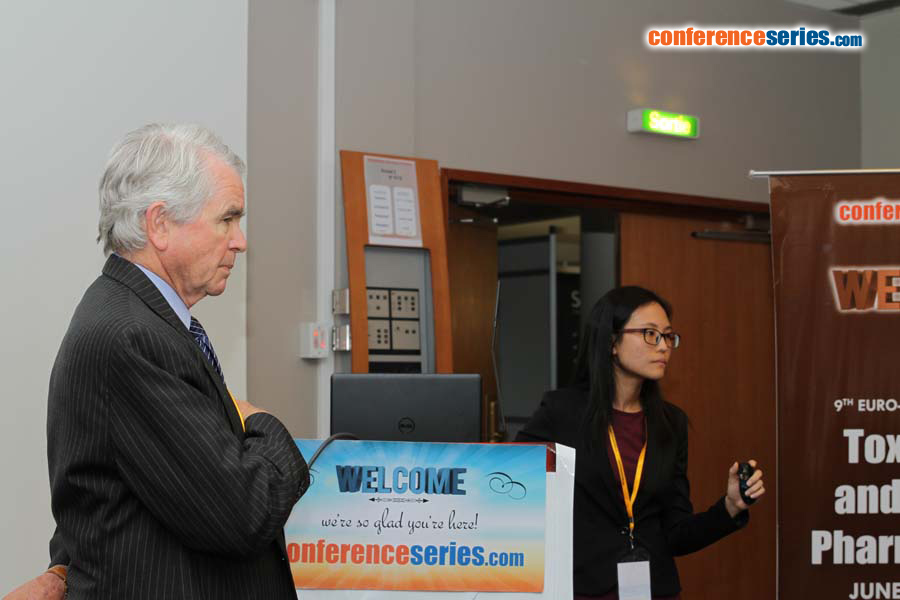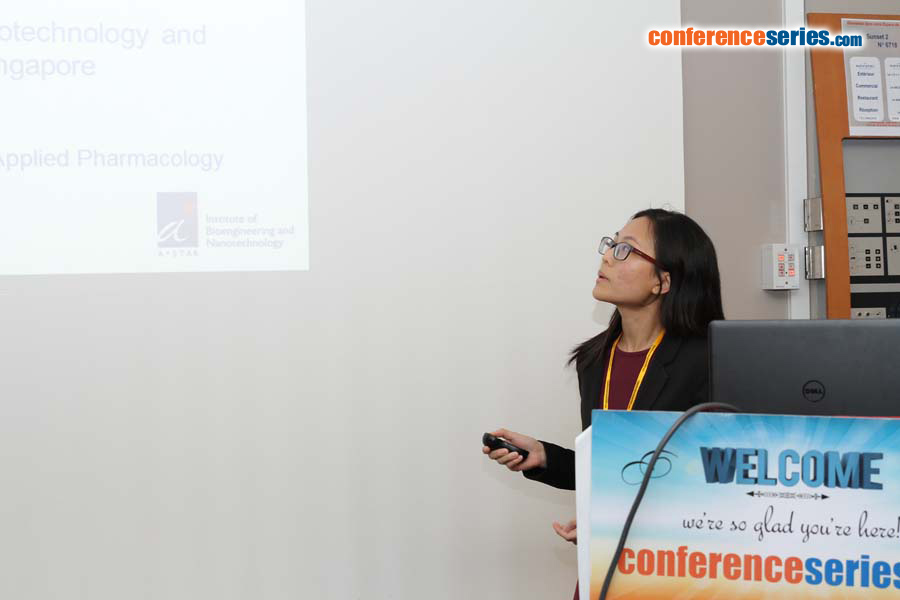
Jacqueline Chuah
Institute of Bioengineering and Nanotechnology, Singapore
Title: Human stem cell-derived renal cells and in vitro platforms for nephrotoxicity prediction
Biography
Biography: Jacqueline Chuah
Abstract
There is an increasing demand for alternative methods for the evaluation of compound toxicity in humans. Accepted alternative methods for the prediction of toxicities for human internal organs, such as liver and kidney, are not available. We have developed the first pre-validated platforms for the prediction of compound-induced nephrotoxicity in humans (Chuah and Zink, 2017; Kandasamy et al., 2015; Li et al., 2014; Li et al., 2013; Su et al., 2014; Su et al., 2016). These methods include the first high-throughput platform for the accurate prediction of nephrotoxicity (Su et al., 2016), as well as the first and only predictive stem cell-based methods (Li et al., 2014; Kandasamy et al., 2015). Our stem cell-based methods employ a rapid and robust one-step protocol for the differentiation of human induced pluripotent stem cells (iPSC) into renal proximal tubular cell (PTC)-like cells. PTC are a major target for compound-induced toxicity in the kidney due to their roles in compound transport and metabolism. iPSC-derived PTC-like cells have a purity of >90% after only 8 days of differentiation (Kandasamy et al., 2015). They can be directly applied for compound screening, as no cell purification is required. A method for the prediction of nephrotoxicity has been developed by combining use of iPSC-derived PTC-like cells with machine learning methods. This method has been pre-validated with 30 compounds and has a test balanced accuracy of 87% (Kandasamy et al. 2015). Furthermore, the underlying mechanisms of drug-induced cellular injury could also be correctly identified (Kandasamy et al., 2015). PTC-like cells are also suitable for applications in our high-throughput platform, which combines high-content imaging of renal cells with automated phenotypic profiling and machine learning methods (Su et al., 2016). This automated platform has been pre-validated with 44 compounds and has a test balanced accuracy ranging between 82% - 89%, depending on the human renal cell type used (Su et al., 2016). Based on these technologies we are currently developing a portfolio of platforms for the prediction of various organ-specific toxicities. In addition, we have established an organ-on-chip platform for repeated dose testing. This robust platform is based on simple and disposable chips and may be suitable for predicting quantitative parameters of the human dose response, such as No Observed Adverse Effect Levels.
Recent Publications
1. Chuah J K C, Zink D (2017) Stem cell-derived kidney cells and organoids: Recent breakthroughs and emerging applications. Biotechnology Advances 35: 150-167.
2. Kandasamy K, Chuah J K C, Su R, Huang P, Eng K G, Xiong S, Li Y, Chia C S, Loo L H, Zink D (2015) Prediction of drug-induced nephrotoxicity and injury mechanisms with human induced pluripotent stem cell-derived cells and machine learning methods. Scientific Reports 5: 12337.
3. Li Y, Kandasamy K, Chuah J K C, Lam Y N, Toh W S, Oo Z Y, Zink D (2014). Identification of nephrotoxic compounds with embryonic stem cell-derived human renal proximal tubular-like cells. Molecular Pharmaceutics 11: 1982-1990.
4. Su, R., Li, Y., Zink, D., and Loo, L.-H. (2014). Supervised prediction of drug-induced nephrotoxicity based on interleukin-6 and -8 expression levels. BMC Bioinformatics 15, S16.
5. Su R, Xiong S, Zink D, Loo L H (2016) High-throughput imaging-based nephrotoxicity prediction for xenobiotics with diverse chemical structures. Archives of Toxicology 90: 2793-2808.





